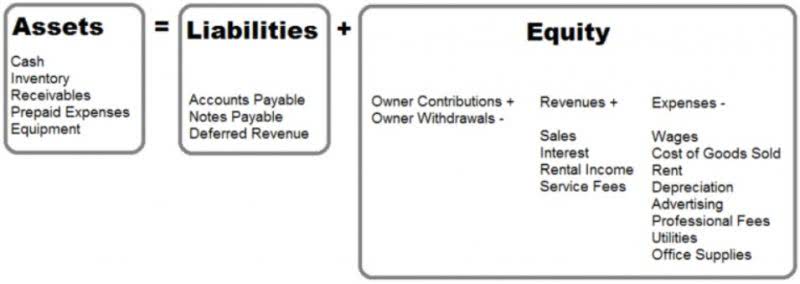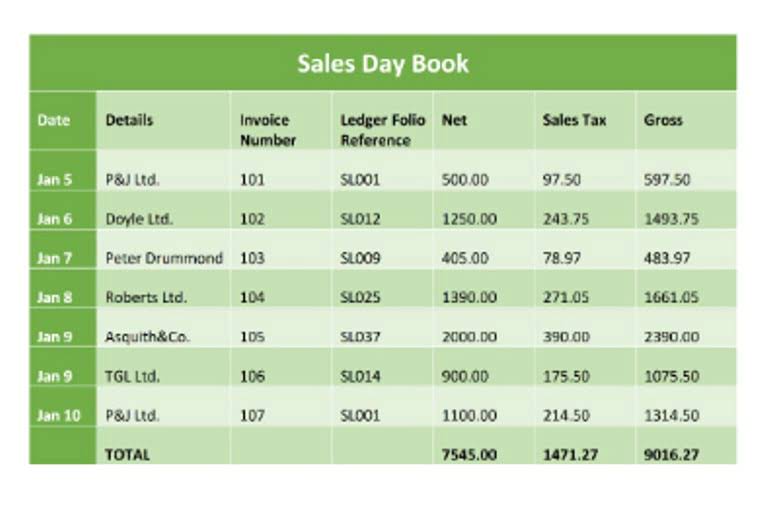
The cost of inventory can have a significant impact on your profitability, which is why it’s important to understand how much you spend on it. With an inventory accounting method, such as last-in, first-out (LIFO), you how to do lifo can do just that. Below, we’ll dive deeper into LIFO method to help you decide if it makes sense for your small business. Under LIFO, the company reported a lower gross profit even though the sales price was the same.
How to use LIFO for costs of goods sold calculation
- Inventory turnover can influence the differential between FIFO and LIFO.
- Having a single source of accurate supply chain analytics and data is critical to ensuring the financial well-being of your ecommerce business.
- According to this rule, management is forced to consider the utility of increased cash flows versus the effect LIFO will have on the balance sheet and income statement.
- Here is a high-level summary of the pros and cons of each inventory method.
- You’ll also notice we’ve listed the business owner’s cost per item in the same column as the sales price per item.
- The total cost of goods sold for the sale of 350 units would be $1,700.
Let’s say you’ve sold 15 items, and you have 10 new items in stock and 10 older items. You would multiply the first 10 by the cost of your newest goods, and the remaining 5 by the cost of your older items to calculate your Cost of Goods Sold using LIFO. To calculate the Cost of Goods Sold (COGS) using the LIFO method, determine the cost of your most recent inventory. The FIFO (“First-In, First-Out”) method means that the cost of a company’s oldest inventory is used in the COGS (Cost of Goods Sold) calculation. LIFO (“Last-In, First-Out”) means that the cost of a company’s most recent inventory is used instead. No, the LIFO inventory method is not permitted under International Financial Reporting Standards (IFRS).

Example of LIFO vs. FIFO
Now it’s time to consider the consequences of using LIFO on a company’s financial statements. Many countries, such as Canada, India and Russia are required to follow the rules set down by the IFRS (International Financial Reporting Standards) Foundation. The IFRS provides a framework for globally accepted accounting standards.
LIFO vs FIFO
Under the periodic method, we only calculate inventory at the end of the period. Therefore, we can add up all the units sold and then look at what we have on hand. When costs are rising, LIFO will give the highest cost of goods sold and the lowest gross profit. LIFO will also result in lower taxes than the other inventory methods. Last-in, first-out (LIFO) is an inventory method popular with companies that experience frequent increases in the cost of their product.
The FIFO and LIFO methods impact your inventory costs, profit, and your tax liability. Keep your accounting simple by using the FIFO method of accounting, and discuss your company’s regulatory and tax issues with a CPA. LIFO stands for last-in, first-out, and it’s an accounting method for measuring the COGS (costs of goods sold) based on inventory prices. The particularity of the LIFO method is that it takes into account the price of the last acquired items whenever you sell stock. As a result, compared to other inventory valuation methods, it will produce lower-quality information on the balance sheet because the older snowmobile cost is outdated compared to current snowmobile costs. LIFO and FIFO are both inventory valuation methods, but they use different goods first, resulting in different implications for calculating inventory value, cost of goods sold, and taxable income.
Also, once you adopt the LIFO method, you can’t go back to FIFO unless you get approval to change from the IRS. This calculation is hypothetical and inexact, because it may not be possible to determine which items from which batch were sold in which order. The cost of the remaining 1200 units from the first batch is $4 each for a total of $4,800. The end outcome is a $5,250 ending inventory balance, calculated by multiplying 25 units of ending inventory by the $210 cost in the first tier at the beginning of the month. The 2003 amendment of IAS Inventories made it illegal to use LIFO to compile and present financial statements. One of the reasons is that in the event of price inflation, it might lessen the tax burden.
How SKU Tracking Can Help Your Business
- Last-In, First-Out method is used differently under periodic inventory system and perpetual inventory system.
- With the LIFO method, you’d apply the costs from your most recent purchase orders to your most recent COGS, as illustrated in the example below.
- Before diving into the inventory valuation methods, you first need to review the inventory formula.
- Practically speaking, though, the LIFO method is mostly a way to determine which costs get applied to your most recent product sales.
- This increases the expenses that a business can claim, reducing its overall taxable income.
The ending inventory value is then calculated by adding the value of Batch 1 and the remaining units of Batch 2. To calculate COGS, it would take into account the newest purchase prices. As per LIFO, the business dispatches 25 units from Batch 3 (the newest inventory) to the customer.

The sum of $6,080 cost of goods sold and $7,020 ending inventory is $13,100, the total inventory cost. Let’s assume that a sporting goods store begins the month of April with 50 baseball gloves in inventory and purchases an additional 200 gloves. Goods available for sale totals 250 gloves, and the gloves are either sold (added to cost of goods sold) or remain in ending inventory. If the retailer sells 120 gloves in April, ending inventory is (250 goods available for sale – 120 cost of goods sold), or 130 gloves.
Under the LIFO method, your most recent inventory costs get applied to your sold inventory first. This can give you (and your investors) a good insight into the current state of your business, since it essentially allows you to compare your company’s current inventory costs against current revenue. In the end, though, the sold items were less than the number of purchased items, which means the costs of the starting inventory were never applied. However, the total cost of goods sold ($220,000) reflects the most current costs for running the business. The cost to buy your product can vary depending on the time of year, your supplier’s access to raw materials, the number of items you order, and tons of other factors.

